A former opencast mine near Wigan, along the M6 motorway, has been transformed into the Sandyforth Green Gateway : 34 hectares of species-rich grassland, wetlands, walking trails, and public access - all carefully designed to enhance biodiversity and community wellbeing.

LettsSafari champions initiatives exactly like Sandyforth. Here’s how we’re scaling these successes:
Sandyforth Green Gateway is tangible proof that restoration can ride alongside infrastructure, not against it. Environmental value becomes a legacy heritable by future generations. LettsSafari is translating these lessons into action: embedding resilient, biodiverse landscapes within national infrastructure. Our goal: green corridors that outlast construction - and connect people to nature’s rebirth.
Subscribe to LettsSafari
Support our rewilding parks, get exclusive content of our projects and even receive expert tips to transform your garden, community, public or work spaces into a wildlife haven.
🌱 For every 10 new subscribers we plant a tree a year.
🦔 For every 100, we release an endangered animal.
🌳 And for every 10,000 we create a new rewilding safari park a year!
Make A Difference: Together We Can Rewild To Restore Nature.
Sign up TODAY
!
In the past month Prince William unveiled a sweeping 20‑year Dartmoor restoration programme in partnership with the Central Dartmoor Landscape Recovery project. This initiative stands out for its scale, holistic vision and its striking alignment with LettsSafari’s mission to support biodiversity through landscape-level transformation .
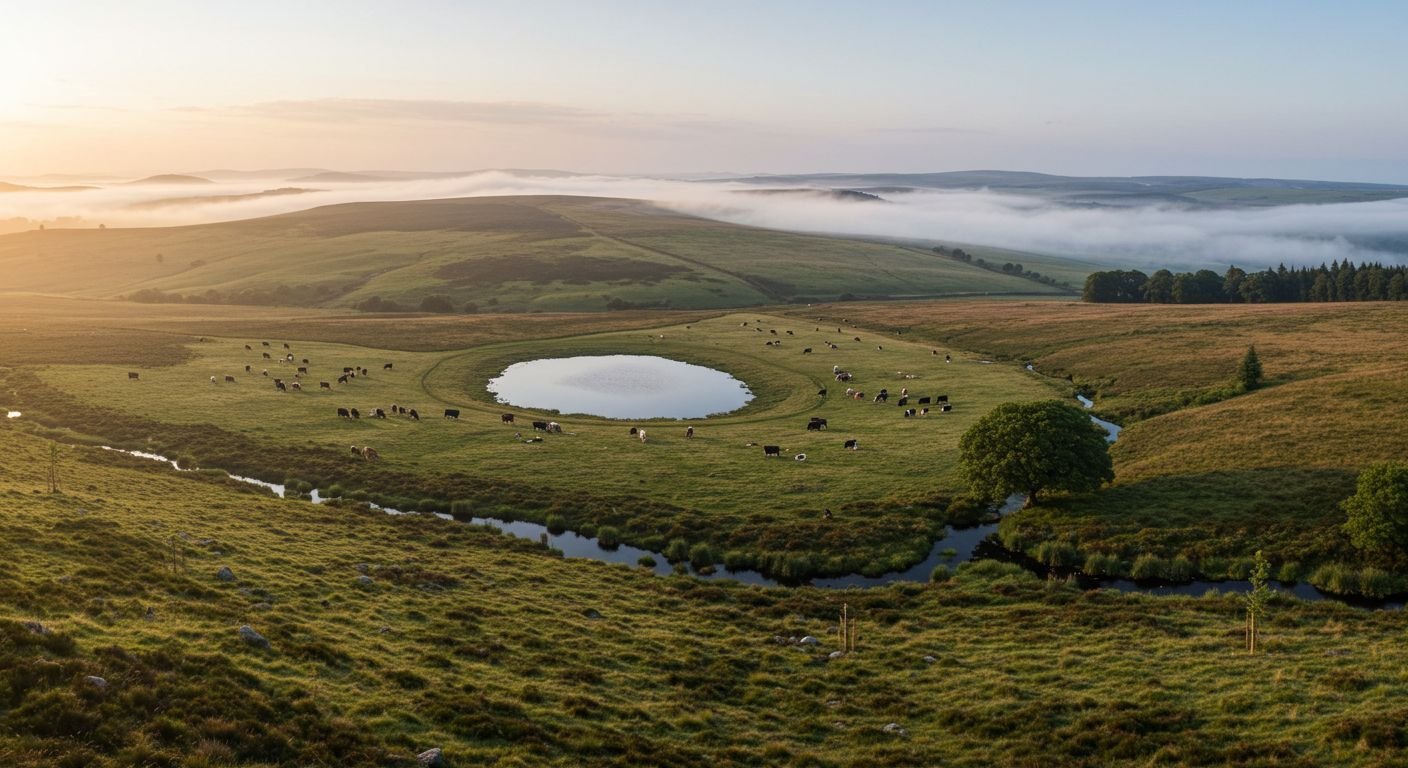
LettsSafari empowers exactly this kind of ambitious, community-rooted ecological change. Here’s how:
The Dartmoor plan offers a bold model: scalable, climate-smart, and socially inclusive. At LettsSafari, we’re proud to echo its ambitions - ready to support similar programmes across the UK and beyond. With shared vision, shared expertise and community-first implementation, we can restore landscapes to both nourish nature and sustain rural livelihoods.
Whether you're managing land, living in a city flat, or simply care about the planet, you can be part of the rewilding revolution. Subscribe to LettsSafari and join a growing movement of everyday rewilders.
Across Britain’s uplands and wet grasslands, something is missing - life. As George Monbiot highlights in a powerful Guardian piece, swathes of our countryside have become what scientists call “dead zones” - expanses overrun by one plant: purple moor grass. It’s beautiful to look at, but biologically barren. No flowers. No bees. No food for birds or mammals. And no room for the rich mosaic of life that once thrived there.
These monocultures aren’t natural. They’re the result of long-term mismanagement: overgrazing, burning, drainage, and a lack of investment in nature’s recovery. They offer little carbon storage, almost no biodiversity, and virtually no resilience to climate impacts.
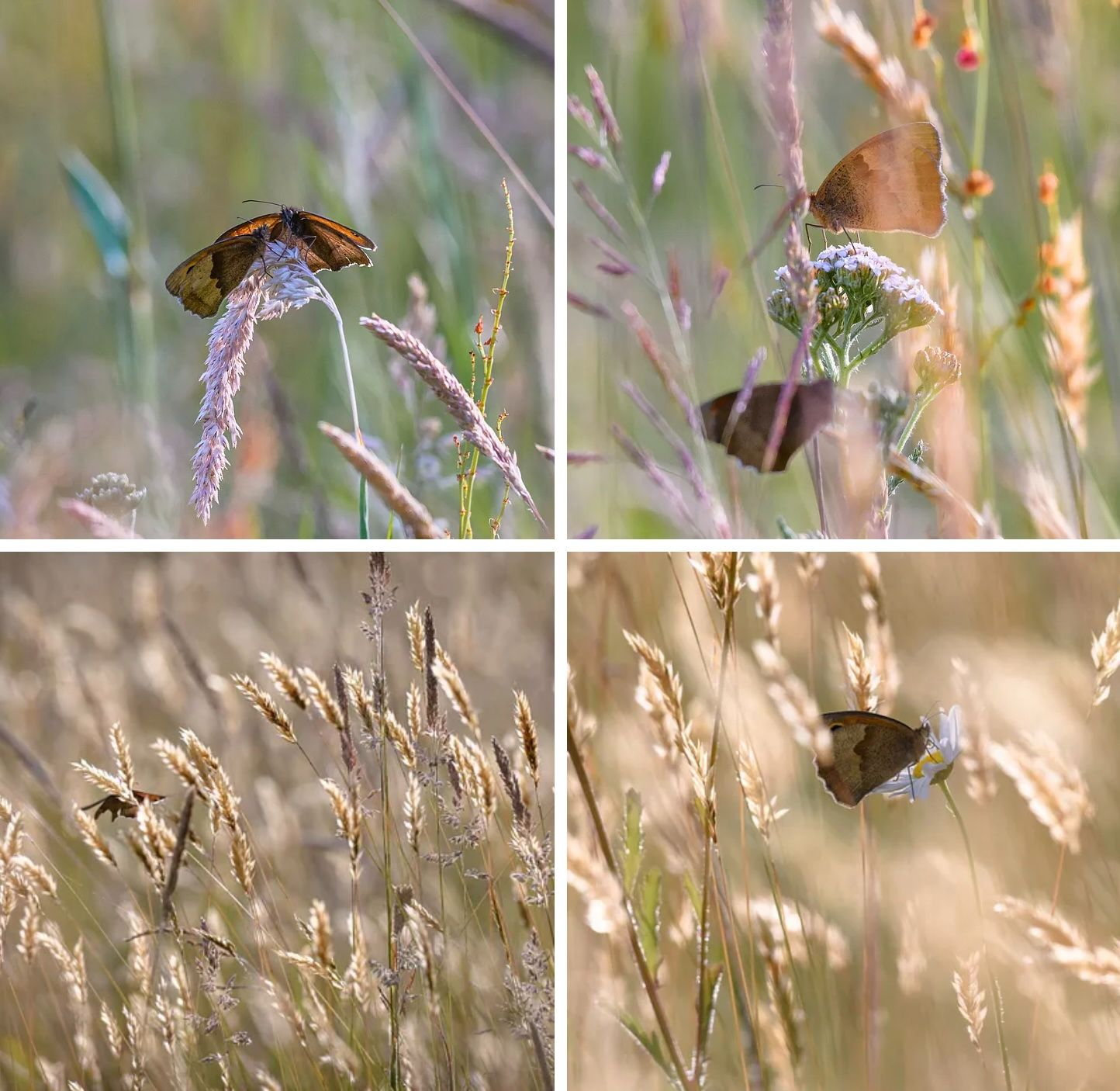
At LettsSafari, we exist to challenge exactly this kind of ecological silence. Our network of smaller-scale rewilding safari parks, gardens, and wild spaces is designed to restore what’s been lost - by bringing back diverse, native ecosystems.
Instead of grasslands stripped of meaning, we plant woodlands, flowering meadows, hedgerows, and wetlands. We rewet drained soils, protect pollinator corridors, and create habitats that invite life back in - birds, butterflies, badgers, beetles and beyond.
This is the quiet but powerful work of restoration: not just letting nature go wild, but helping it recover what it’s lost.
You can be part of the answer. By subscribing to LettsSafari, you support real-world rewilding projects that reverse Britain’s biodiversity crisis - one wild, vibrant, humming patch of land at a time.
Nature doesn’t want to be a dead zone. It wants to come back. Let’s help it. Subscribe TODAY!
What does it mean to rewild for a thousand years?
The Global Rewilding Alliance’s new initiative, the Thousand Year Trust, dares to ask that question and answer it boldly. It’s a vision not just for short-term nature recovery, but for enduring ecological resilience. A legacy that outlives us. A gift to generations we’ll never meet.
At LettsSafari, we’re deeply inspired by this long-view thinking. We believe it’s time to match today’s ecological urgency with equally ambitious, generational solutions.
The Thousand Year Trust aims to support rewilding initiatives across the globe - funded not just for the next few years, but for the next few centuries. It’s a bold idea rooted in the belief that when we protect nature long-term, nature gives back far more than we invest.
LettsSafari shares that mission. While our projects may not span a thousand years (yet), our rewilding efforts in parks, gardens, and wild spaces across the UK are built for lasting impact. Every sapling we plant, every hedgerow we restore, every pollinator habitat we protect, it’s all designed to kickstart a self-sustaining ecosystem that thrives long after we’re gone.
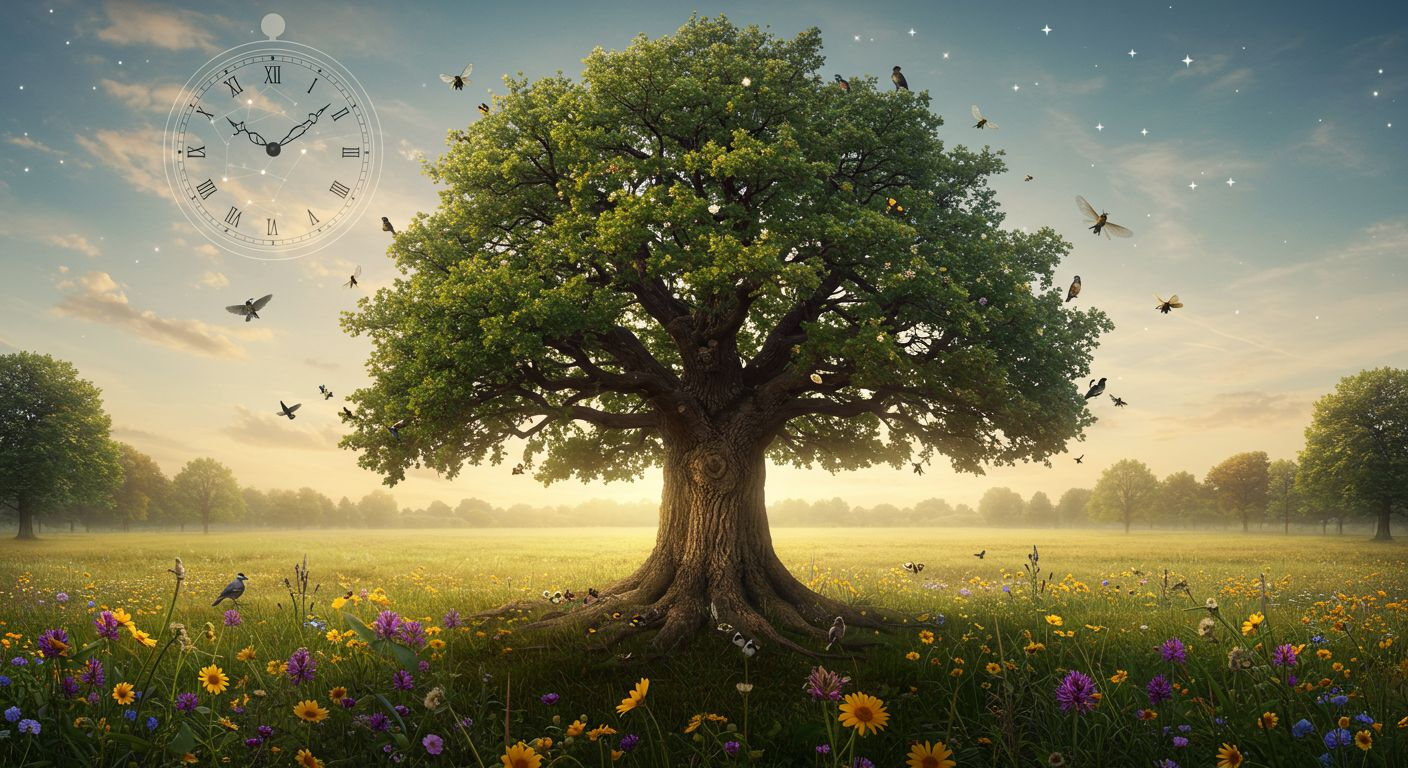
The Thousand Year Trust model recognises that rewilding isn’t just about funding, it’s about continuity, guardianship, and community stewardship. That’s why LettsSafari:
Our work, whether in a city park or a rural wetland, is designed with permanence in mind. Because just like the Trust, we don’t believe in quick fixes. We believe in living legacies.
While the Thousand Year Trust may be global in scale, LettsSafari is proving that even smaller-scale, hyper-local rewilding can punch above its weight.
By combining practical restoration with community action and digital transparency, we’re building hundreds, soon thousands, of "mini trusts" across the country. Together, these become a powerful movement.
Because the truth is, rewilding the planet doesn’t just start with billion-dollar funds or vast landscapes. It starts with people. It starts with you.
LettsSafari makes it possible. Join us in building a legacy of wildness, one garden, one tree, one thousand years at a time. Sign up TODAY!
We've written before about our friends at Chiswick House & Gardens in London and their smaller-scale rewilding project "Letting the Light In". Well, in an art-meets-nature, stars-in-alignment they've just unveiled a new artist studio complex - a beautiful blend of creativity, heritage, and nature!
Justine Simons OBE, Deputy London Mayor for Culture and the Creative Industries, cut the ribbon on the complex, developed in partnership with the charity Artist Studio Company. The studios will provide affordable creative workspace for up to 50 London-based artists and makers.
Nestled in the historic grounds, these studios are more than just workspaces. They’re an invitation to reconnect with the land, engage with the public, and celebrate the role of artists in shaping our understanding of the world around us. The artist and maker studios have been created in historic outbuildings set around the tranquil beauty of the site’s Kitchen Garden, with the first artists and makers due to take up up residence later this summer.
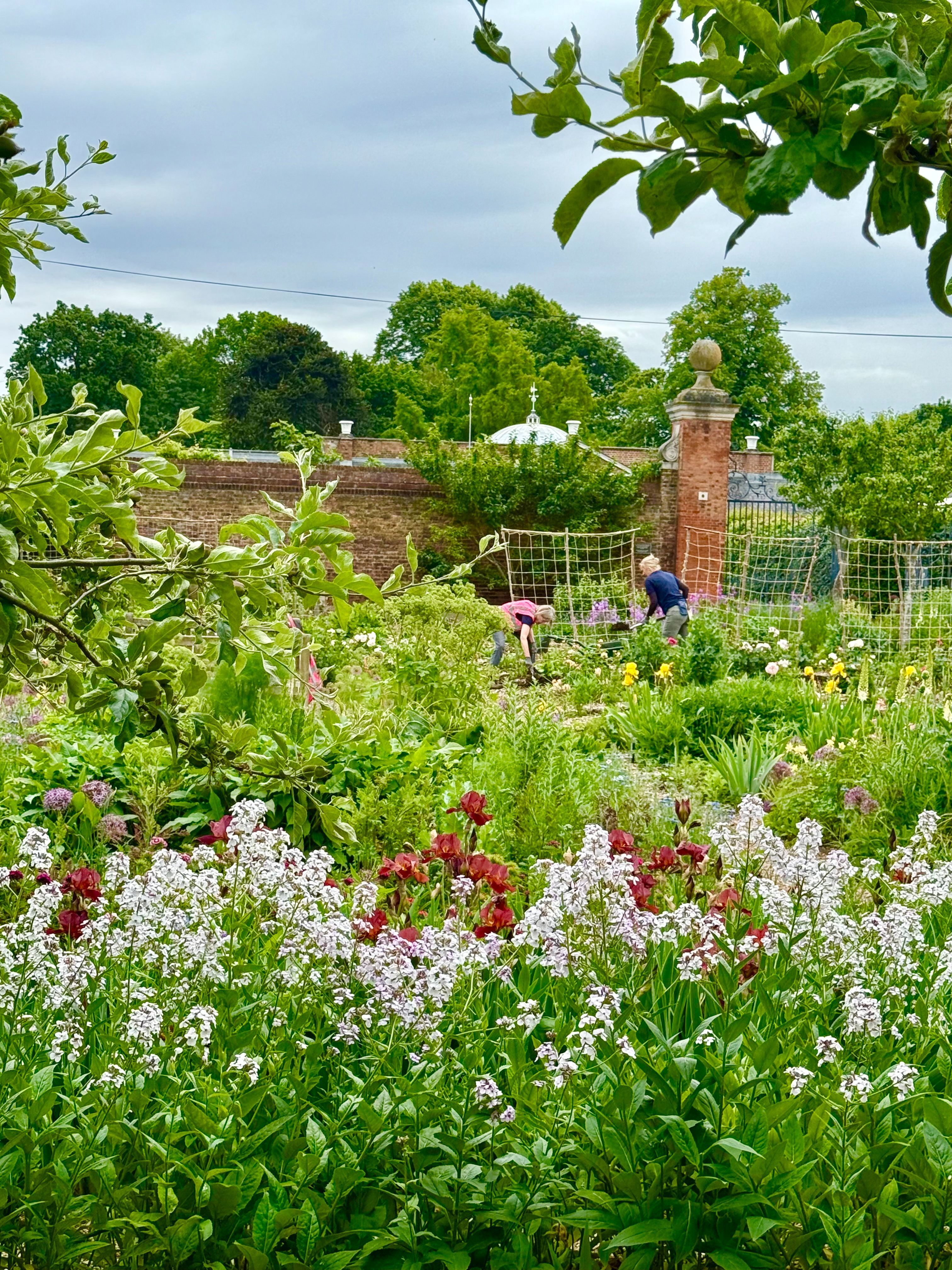
At LettsSafari, this resonates deeply. The idea of embedding creativity into green spaces mirrors what we’ve built through our own rewilding parks and what our sister venture, LettsArt, enables online.
Key themes from the Chiswick launch:
This is exactly the ethos behind LettsSafari’s outdoor art installations and LettsArt’s digital-first galleries. Our Devon Sculpture Park integrates wild nature and sculpture, while LettsArt empowers artists to own their gallery space and sell directly to collectors - without middlemen.
What Chiswick has launched physically, LettsArt mirrors digitally, and LettsSafari complements through rewilded landscapes that inspire creativity, reflection, and ecological restoration.
As more spaces like Chiswick fuse heritage, biodiversity, and creativity, the opportunity is clear: nature and art belong together. And together, they offer a path to regeneration, not just of landscapes, but of how we live and create.
Ready to rewild your view of art and nature?
Explore our wild spaces at LettsSafari.com, or create your own gallery with LettsArt.com - where your work can thrive on your terms.
In a powerful reminder of nature’s resilience, a remarkable rewilding project is underway in the Howgill Fells, nestled in the Yorkshire Dales National Park. Once dominated by centuries of sheep grazing, these "ghost woodlands" are being brought back to life. Thanks to the determined efforts of local communities, ecologists, and the Woodland Trust, the landscape is transforming - lush with native trees, buzzing with wildlife, and inspiring similar movements across the UK.
At LettsSafari, stories like this reinforce our belief in practical, community-based rewilding. They show that restoration is possible—even in places once considered ecologically exhausted. And they offer a hopeful blueprint for a greener future.
The Return of the Ghost Woodlands
Over the past 12 years, more than 300,000 native trees, including rowan, birch, oak, and holly, have been planted across 128 hectares of hillside that had been heavily grazed for generations. These weren’t just any trees. They were carefully chosen to reflect the species that once flourished there before overgrazing and deforestation stripped the land of its natural cover.
The results are already striking. Where once only hardy grasses clung to steep slopes, there are now woodlands humming with bird calls and seasonal wildflowers. Birds like redstarts, tree pipits and cuckoos are returning. Bluebells and bracken bloom beneath the canopy. A ghost woodland is no longer a memory. It’s alive.
The regeneration isn’t just about trees. It’s about rebuilding an entire ecosystem from the soil up. Trees help stabilise the land, reduce flooding risk, store carbon, and provide shelter for countless species. Over time, the biodiversity multiplier effect kicks in: when nature is given a chance, it comes back in waves.
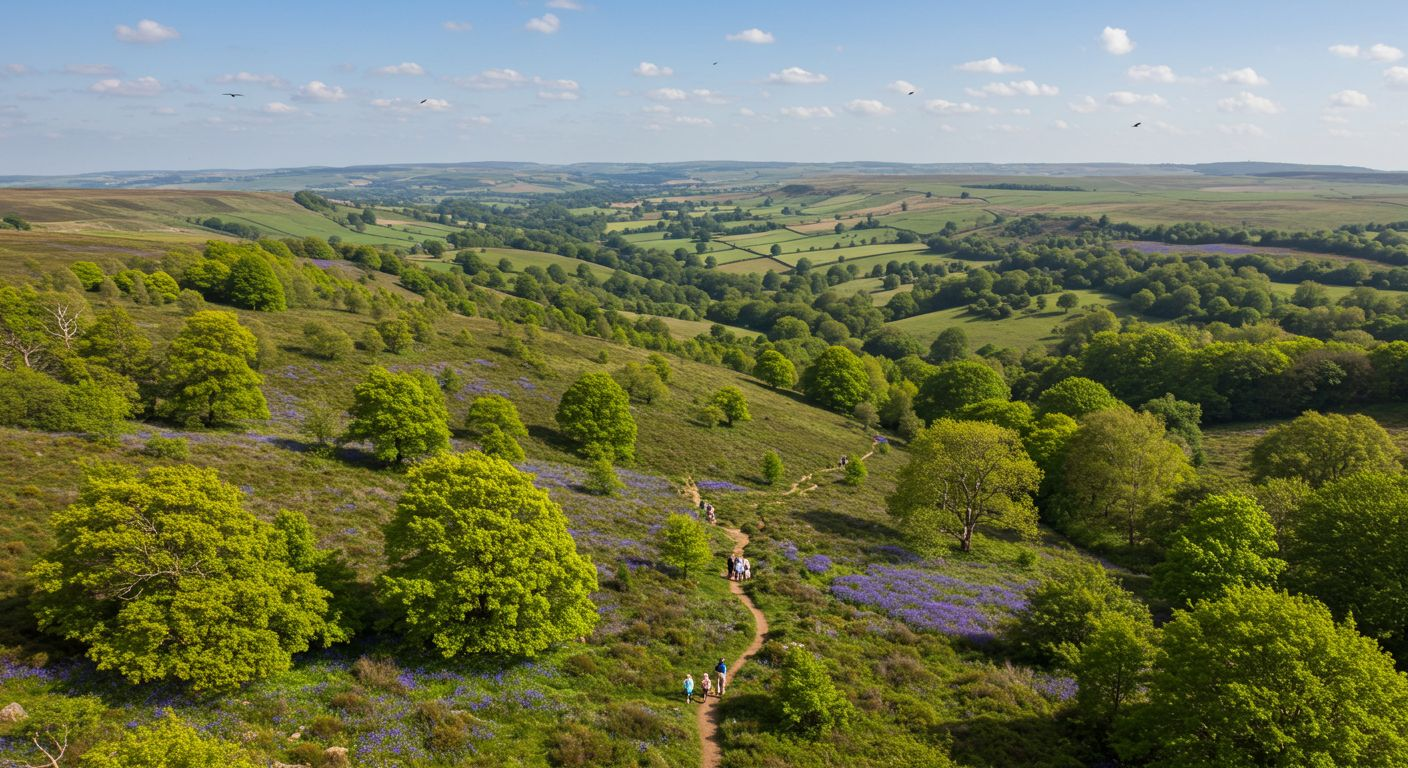
Why This Matters - And What LettsSafari Is Doing About It
At LettsSafari, we champion this kind of pragmatic rewilding. It’s not about locking up land and waiting for magic - it’s about intelligent intervention, local partnership, and ecological knowledge.
Our own safari-style rewilding parks, like Dawlish Park, combine habitat restoration with community access, education, and the arts. We plant native species, reintroduce wildlife, and restore wetlands, grasslands, and woodlands - all while offering spaces for people to explore, learn, and connect with the natural world.
But we also empower individuals. Through our subscription model, we help garden owners and balcony growers rewild in their own backyards. Because restoring biodiversity shouldn’t be confined to remote national parks. It should start at home.
Stories like the Howgill Fells inspire us to go further. They prove that even ecologically degraded land can be reborn. They show that community-led rewilding works. And they remind us that the solutions to biodiversity loss and climate change are already in motion - we just need to back them.
A Blueprint for the Future
The transformation in the Yorkshire Dales is not just a local success story. It’s a national example of what’s possible. As the UK faces biodiversity collapse, extreme weather, and rural economic pressures, the need for scalable, proven rewilding models has never been greater.
LettsSafari believes that by connecting policy, people, and purpose, we can replicate this across the country - on large estates, in city parks, and even in neighbourhood gardens. Nature wants to return. We just need to open the door.
Whether you're managing land, living in a city flat, or simply care about the planet, you can be part of the rewilding revolution. Subscribe to LettsSafari and join a growing movement of everyday rewilders.
Because when ghost woodlands return, so does hope.
At LettsSafari, we believe nature and creativity go hand in hand. So we’re thrilled to share that our sister venture, LettsArt, has just reached a major milestone: 1,000 artists and gallerists are now using LettsArt’s powerful tools to share, promote, and sell their art online.
From emerging digital artists to regional museums and retired professionals reigniting their creative spark, LettsArt empowers a diverse global community to thrive and we couldn’t be prouder.
But this celebration isn’t just about art online. It’s also about art outside.
One of LettsArt’s most inspiring galleries showcases the outdoor art at Devon Sculpture Park(DSP), nestled in one of LettsSafari’s own rewilding estates. This unique location blends open-air art with the living, breathing textures of nature. As Britain’s leading outdoor art park for ecological art and rewilding, DSP brings together artists, conservationists, and visitors who understand that creativity can help reframe our relationship with the natural world.
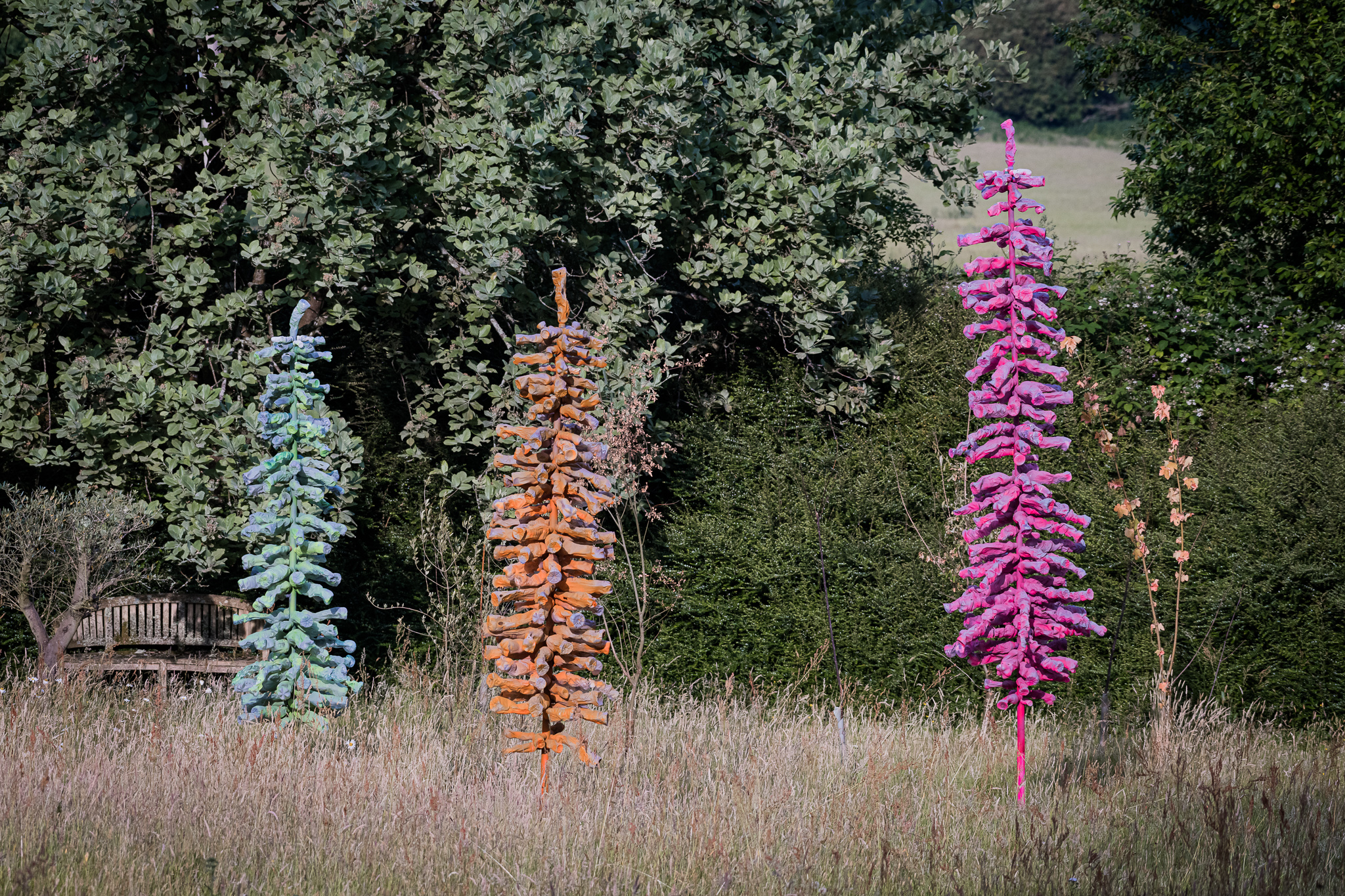
At LettsSafari, we restore wild spaces, from gardens to parks, through rewilding. LettsArt, on the other hand, helps creatives restore cultural space by making art more visible and accessible. When these missions align, something beautiful happens.
Art tells the story of change. Nature shows the change in action. Together, they inspire us to care, to protect, and to reimagine our world.
Whether it’s a sculpture nestled among wild grasses or a digital gallery exploring climate themes, these shared spaces between art and nature are powerful platforms for expression, dialogue, and regeneration.

LettsArt and LettsSafari are part of a broader vision: to support creators, whether artists or land stewards, and help their work thrive in harmony with the planet. So today, we raise a leaf (and a paintbrush) to LettsArt and its vibrant community of 1,000 galleries. Here’s to the next thousand and to a world where creativity and conservation grow side by side. to start your own online gallery!
Want to see art and rewilding in action? Subscribe to LettsSafari to support rewilding or sign up to lettsart.com to start your own online gallery!
Once a familiar sight across the UK’s waterways, the water vole, immortalised as Ratty in The Wind in the Willows, has become one of our most threatened mammals. Habitat loss, pollution, and the invasive American mink have driven a staggering 94% population decline since the 1950s.
But now, a wave of hope is rippling through our rivers.
A recent BBC report shines a spotlight on an ambitious reintroduction program in Lancashire. 204 captive-bred water voles were released into newly restored habitats along the River Lune. It's a project led by the Wildlife Trust for Lancashire, Manchester and North Merseyside , and it offers a powerful example of what’s possible when conservation and community come together.
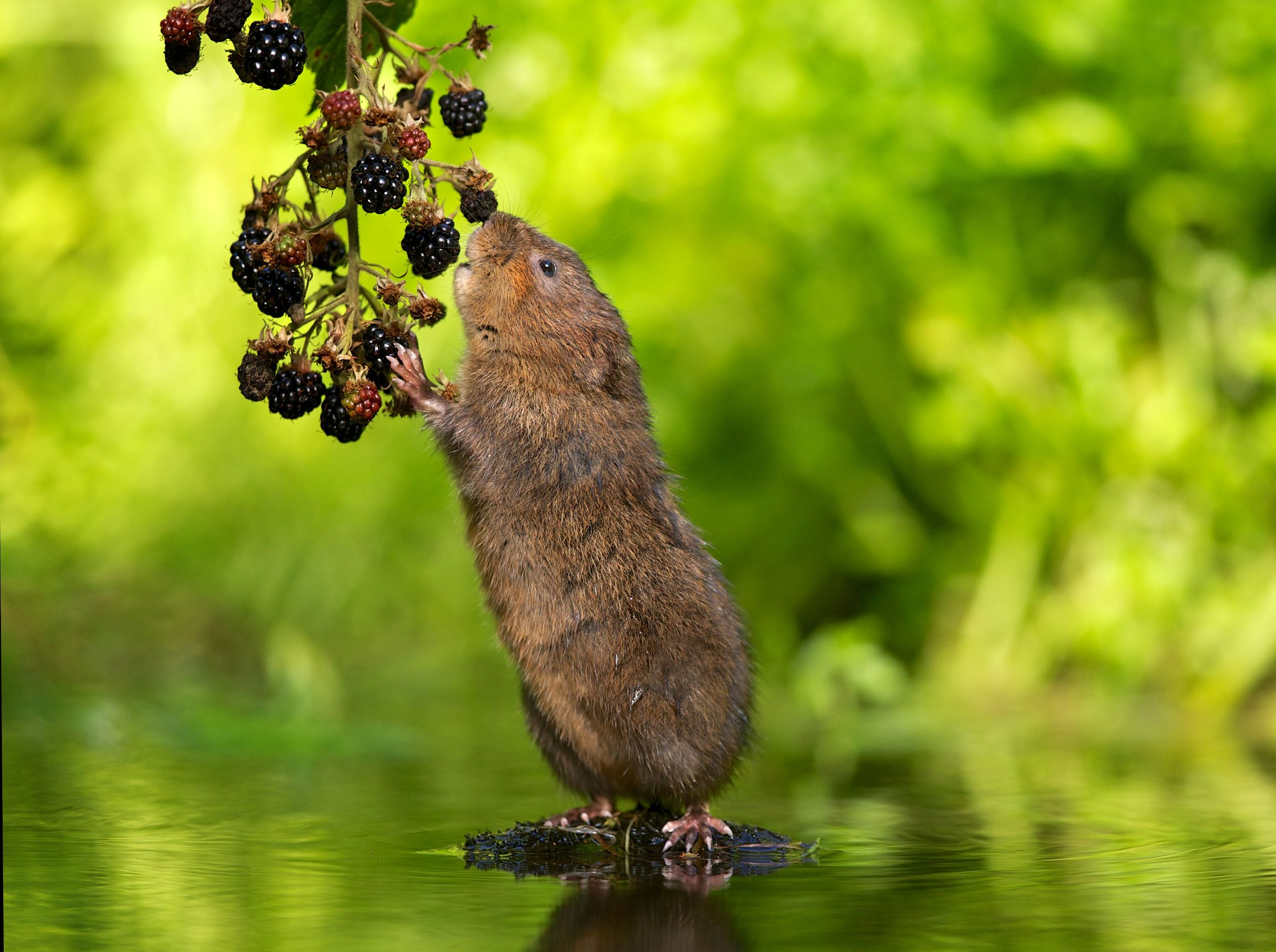
At LettsSafari, we know just how critical these efforts are. Last year, we celebrated the return of water voles to another carefully rewilded site as part of our broader campaign to revive endangered species through small-scale nature restoration. Read more about that here.
Why water voles matter:
They’re ecosystem engineers, creating burrows and canals that support many other species.
They’re a keystone species in wetland environments, helping balance aquatic plant life.
And they're a vital reminder that even the smallest creatures deserve protection.
What connects projects like Lancashire’s and LettsSafari’s is a belief in local rewilding as a powerful climate and biodiversity solution. It doesn't require hundreds of acres, just commitment, creativity, and community.
Whether it’s restoring riverbanks, managing invasive species, or simply planting the right vegetation, every action counts.
With every LettsSafari subscription, you help restore vital microhabitats for numerous species of plants, trees and animals (including voles!). You’ll also receive nature tips to rewild your own patch – no matter how small. Together, we can get nature to come back.
👉 Join the movement at LettsSafari.com
May is Mental Health Awareness Month - a timely reminder that wellbeing isn’t just a personal priority, but a business imperative. In today’s fast-paced, always-on world, stress, burnout, and disconnection are taking their toll. That’s where nature comes in.
Research continues to show that time spent in natural environments reduces anxiety, lifts mood, and restores focus. But what if you could bring that restorative power of nature into your company - not just with office plants, but with real impact?
GreenTeam is LettsSafari’s rewilding initiative for businesses. It lets companies fund local nature restoration projects - from wildflower meadows to native woodlands - while giving employees a tangible connection to the natural world and a sense of shared purpose.
It’s more than CSR. It’s a movement for employee wellbeing, team engagement, and planetary repair.
Wellbeing Boost: Supporting rewilding projects gives employees a meaningful way to contribute to environmental recovery - known to improve mental health, reduce eco-anxiety, and foster a sense of hope.
Connection and Culture: Teams receive monthly digital updates and tips on how to rewild at home, helping them connect with nature, with each other, and with a cause larger than themselves.
Purpose-Led Engagement: Today’s workforce values impact. GreenTeam helps you demonstrate real environmental commitment while making your people feel good about where they work.
Visible Impact: Each subscription supports real-world rewilding - with stories, stats, and visuals your teams can follow and be proud of.
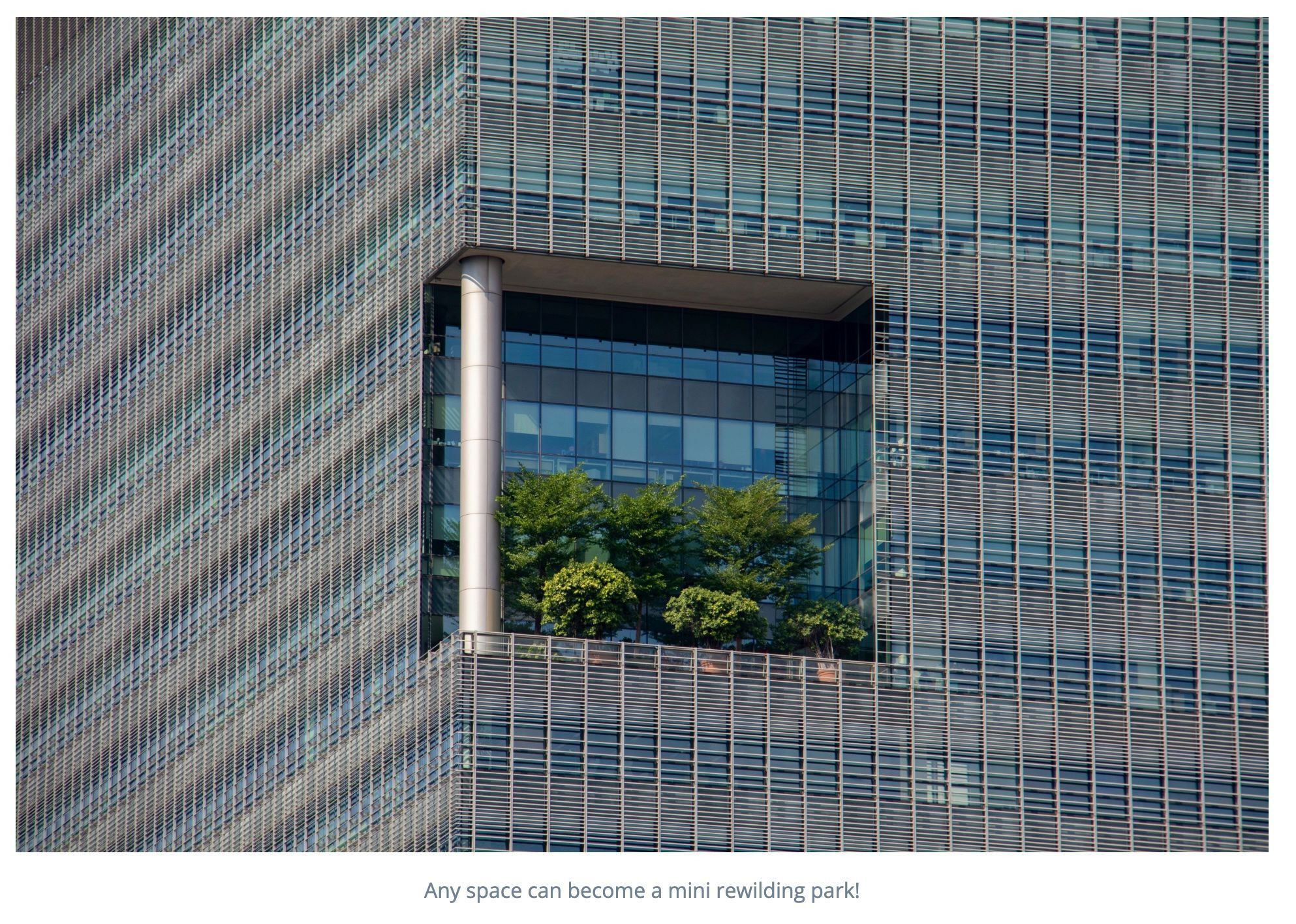
GreenTeam is easy to roll out and starts with just 10 employee subscriptions. Whether your team is fully remote, hybrid, or office-based, LettsSafari helps you bring nature back into their lives. Plus, like all LettsSafari subscriptions:
For every 10 employees subscribed, we plant a tree each year the subscription is valid.
For every 100 employees, we release an endangered animal back into the wild each year.
For every 10,000 employees, we open a new rewilding safari park each year.
This Mental Health Awareness Month, let your business be part of the solution. For your people and the planet.
Ready to join the GreenTeam? For more information and to subscribe, visit LettsSafari GreenTeam.
Last week’s headlines were dramatic: elk, one of Europe’s largest land mammals, are being reintroduced to the UK in a pioneering rewilding project in Derbyshire and Nottinghamshire. Once native to Britain but extinct for thousands of years, these giants will soon roam once more, reshaping landscapes and ecosystems in their wake. It’s bold, ambitious, and deeply inspiring. And it raises an important question:
Where do the rest of us fit in?
Projects like the elk reintroduction capture attention for good reason. Large herbivores like elk play a powerful role in ecosystem restoration. They create open habitats, support plant diversity, and provide food and shelter for smaller creatures. Their return is a symbol of what’s possible when we give nature room to recover.
But these kinds of rewilding efforts usually require vast tracts of private land, expert oversight, and significant funding.
That’s where LettsSafari comes in.
At LettsSafari, we believe rewilding shouldn’t just happen in remote estates or behind fences. It should happen everywhere - in gardens, parks, community spaces, even balconies.
Our mission is to make nature recovery accessible to all. Whether you're planting pollinator-friendly flowers in your back garden, restoring a pond in your local park, or sponsoring rewilding through a LettsSafari subscription - you are part of the movement.
Because real change comes not just from the few doing a lot, but from the many doing what they can.
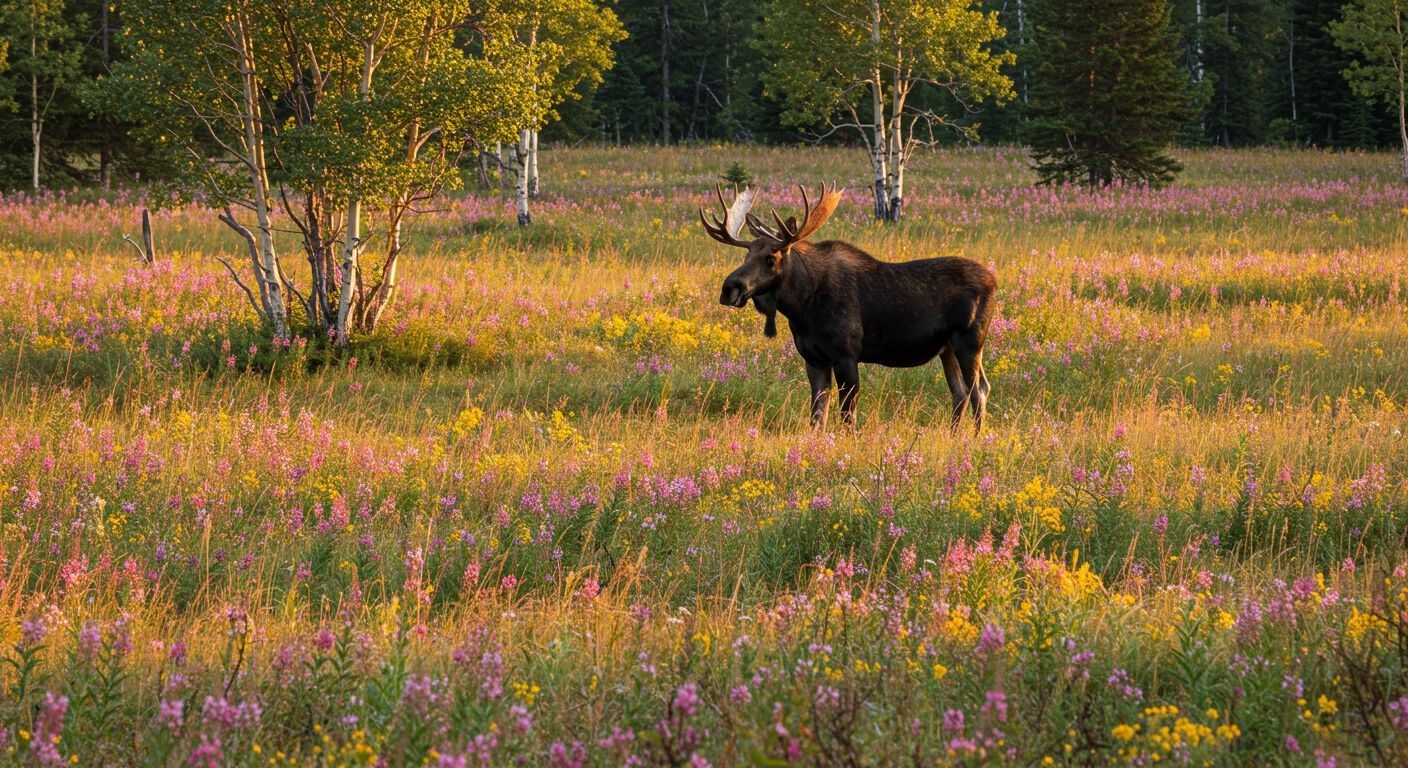
Elk may make the headlines, but meadows, hedgerows, and wild corners do the daily work of restoring biodiversity. Together, these smaller efforts create a patchwork of wild across the country - connecting, amplifying, and complementing larger-scale projects.
LettsSafari supports this patchwork. We rewild land directly, provide tools and tips for individuals to do the same, and give subscribers a simple, impactful way to invest in nature.
The return of elk is an incredible milestone. But it’s not the whole story. The future of nature recovery depends on engaging everyone, everywhere. With every LettsSafari subscription, you help restore vital microhabitats. You’ll also receive nature tips to rewild your own patch – no matter how small.
👉 Join the movement at LettsSafari.com